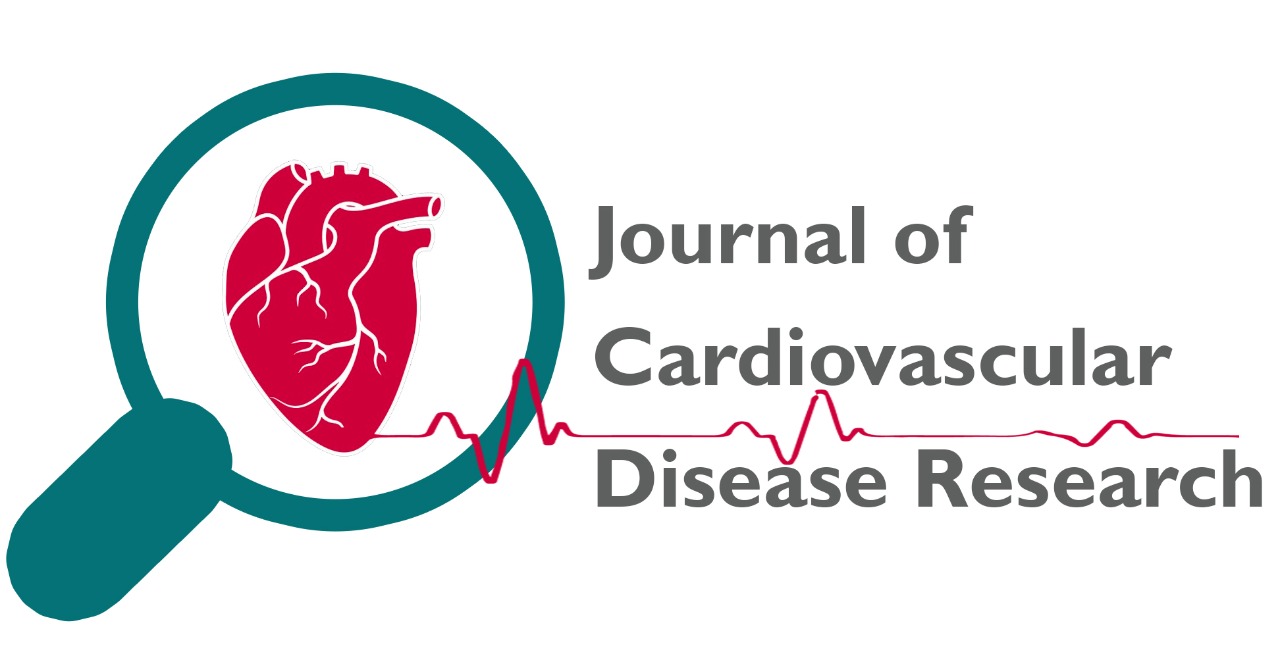
A RETROSPECTIVE STUDY OF MASSIVE BLOOD TRANSFUSION IN OBSTETRIC HAEMORRHAGE
DR KUSUMA NAIK M V, DR LAKSHMI, DR MANASA G V, DR SUJATHA PRABHU
JCDR. 2024: 642-650
Abstract
Obstetric haemorrhage is a leading cause of maternal mortality worldwide. New concepts involving the pathophysiology of haemorrhage have been described and include early activation of both the protein C and fibrinolytic pathways. New tendencies in haemorrhage treatment include the use of haemostatic resuscitation. Massive transfusion protocols involve the early utilization of blood products and limit the traditional approach of early massive crystalloid based resuscitation. The evidence behind haemostatic resuscitation is still limited. Objective: To study the common indications, complications & outcome of massive transfusions in obstetrics hemorrhage and to study the different components of blood & their ratios used during obstetric hemorrhage. Methodology: This is a retrospective study done at ESIC-PGIMSR Rajajinagar, Bengaluru, in department of Obstetrics of gynaecology. Between Jan 2016 to Dec 2021, data of number of obstetric patients who underwent blood product transfusion in our institution was manually abstracted from our medical record sections and blood bank. The following parameters were reviewed- Type and number of blood component transfused; Underlying obstetric risk factor in each case; Indication for each blood component transfusion noted; Patients who had Massive Obstetric Haemorrhage were further analysed to estimate the ratio of components transfused. Results: In our study a total of 38 obstetric patients had undergone massive transfusions, (which was taken for patients who underwent > 5 transfusions in 24hrs). 60.5% of patients needed 4-6 transfusions in 24hrs, 15.8% patients needed 7-10 PRBC transfusion & 1 patient ( 2.6%) needed >10 transfusions. Among these the transfusion protocol of Ratio of PRBC: Platelet: Frozen plasma transfused showed that , only in 29% of the patients the Massive transfusion protocol was followed.60.5% patients who required massive transfusions developed Disseminated intravascular coagulation (DIC), 55% of them developed pulmonary oedema , 44.7% of them developed Transfusion related lung injury, 34.2% had hepatic failure and acute renal failure. Among 38 mothers who had massive transfusions, 4 mothers died in spite of massive transfusions. 23.7% of them had morbidities. Conclusion: Haemorrhage is the most common form of shock in obstetric practice and remains a major cause of maternal mortality worldwide. Haemostatic resuscitation has emerged as a new concept, albeit based on limited prospective data. Massive transfusion protocols could improve outcomes in the bleeding patient not only due to early blood product administration but also secondarily to an early and aggressive multidisciplinary intervention
Description
Volume & Issue
Volume 15 Issue 6
Keywords
|
This is an open access journal which means that all content is freely available without charge to the user or his/her institution. Users are allowed to read, download, copy, distribute, print, search, or link to the full texts of the articles in this journal without asking prior permission from the publisher or the author. This is in accordance with the Budapest Open Access Initiative (BOAI) definition of open access.
The articles in Journal of Cardiovascular Disease Research are open access articles licensed under the terms of the Creative Commons Attribution Non-Commercial License (http://creativecommons.org/licenses/by-nc-sa/3.0/) which permits unrestricted, non-commercial use, distribution and reproduction in any medium, provided the work is properly cited. |
|
|
|
|
|
Copyright � 2022 Journal of Cardiovascular Disease Research All Rights Reserved. Subject to change without notice from or liability to Journal of Cardiovascular Disease Research.
For best results, please use Internet Explorer or Google Chrome POLICIES & JOURNAL LINKS
Author Login
Reviewer Login About Publisher Advertising Policy Author's Rights and Obligations Conflict of Interest Policy Copyright Information Digital Archiving & Preservation Policies Editorial Policies Peer Review Policy Editorial & Peer Review Process License Information Plagiarism Policy Privacy Policy Protection of Research Participants (Statement On Human And Animal Rights) Publication Ethics and Publication Malpractice Statement Corrections, Retractions & Expressions of Concern Self-Archiving Policies Statement of Informed Consent Terms of Use |
Contact InformationJournal of cardiovascular Disease Research,
|




